Located in the heart of Iran, Yazd is like a jewel amidst the desert landscape, boasting a rich history and culture. This ancient city, with its origins tracing back to the Achaemenid Empire, has stories and wonders waiting to be explored.
Yazd, once known as Kath and Isatis, has earned its name, which means “pure” and “holy.” It is the epitome of sanctity, a symbol of spirituality in the region. As you walk through its labyrinthine streets, you’ll be mesmerized by its distinctive Persian architecture, showcasing generations of adaptation to the harsh desert environment.
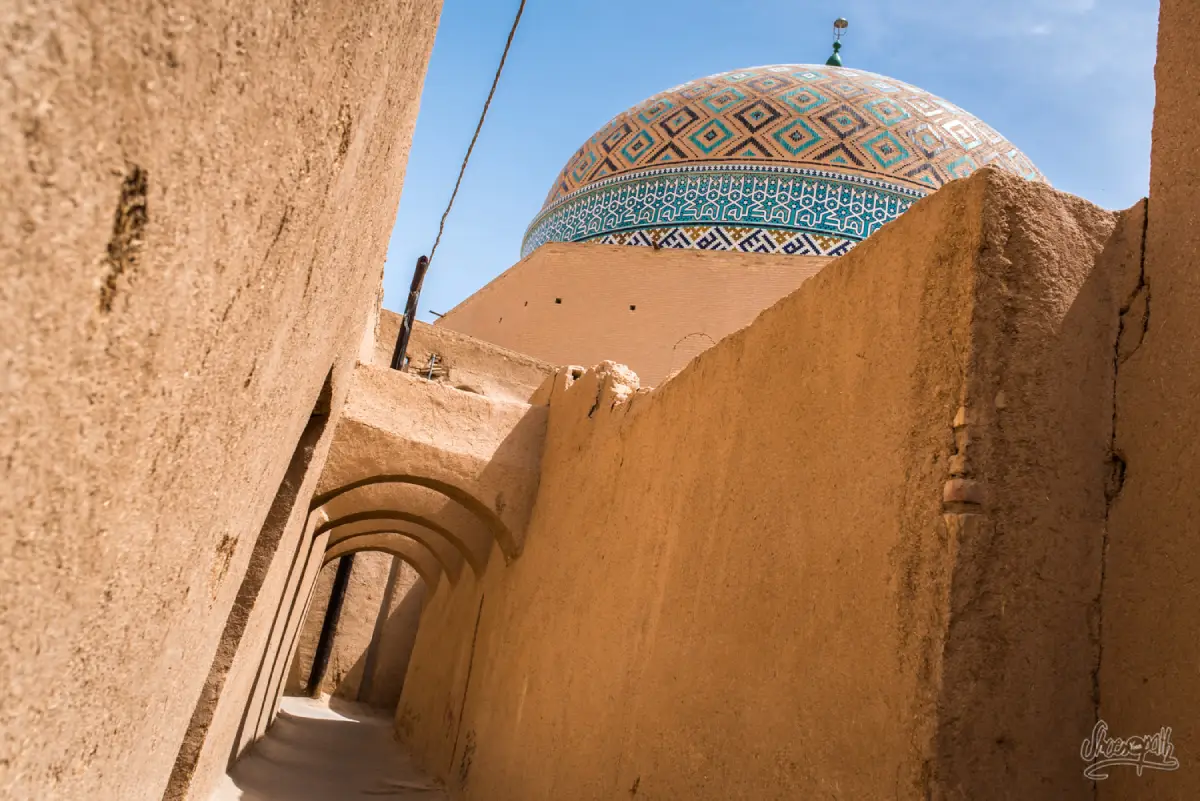
The city’s moniker, the “City of Windcatchers,” speaks volumes about its architectural marvels. These traditional structures, designed to harness the desert breeze and keep interiors cool, dot the skyline, painting a picture of ingenuity born out of necessity.
But Yazd is not just about architecture; it’s a melting pot of cultural treasures. From the ancient Zoroastrian fire temples to the intricate handwoven cloth known as Persian termeh, every corner whispers tales of a bygone era. Don’t miss the chance to explore the ab anbars, underground cisterns that have sustained life in this arid land for centuries, or marvel at the intricate silk weaving that has enchanted travelers for generations.
As you wander through the streets, you’ll notice another aspect that sets Yazd apart – the omnipresent bicycles. Known as the “City of Bicycles,” Yazd has the highest number of bicycles per capita in Iran. This centuries-old tradition adds a charming layer to the city’s vibrant tapestry.
Ready to immerse yourself in Iran’s rich culture and history? Join us on a captivating Yazd tour and unlock the secrets of this vibrant city! Explore ancient sites, try delicious cuisine, and experience the warmth of Persian hospitality. Book your Iran tour package now and plan an unforgettable journey!
Amir Chakhmaq Complex
The Amir Chakhmaq Complex is located in the heart of Yazd, a striking landmark steeped in history. Adorned with symmetrical sunken alcoves, this iconic structure is more than just a mosque; it’s a glimpse into Yazd’s rich cultural tapestry. At nightfall, the complex transforms into a mesmerizing spectacle, illuminated by the warm glow of orange lighting.
Within its walls, the mosque, dating back to the Timurid era, boasts an elaborate facade and towering minarets. Remember to explore the tekyeh, steeped in Shiite tradition, and marvel at the historic nakhl, a symbol of reverence during the Ashura festival. Whether drawn by its architectural grandeur or the echoes of history within, the Amir Chakhmaq Complex promises an unforgettable experience in Yazd.
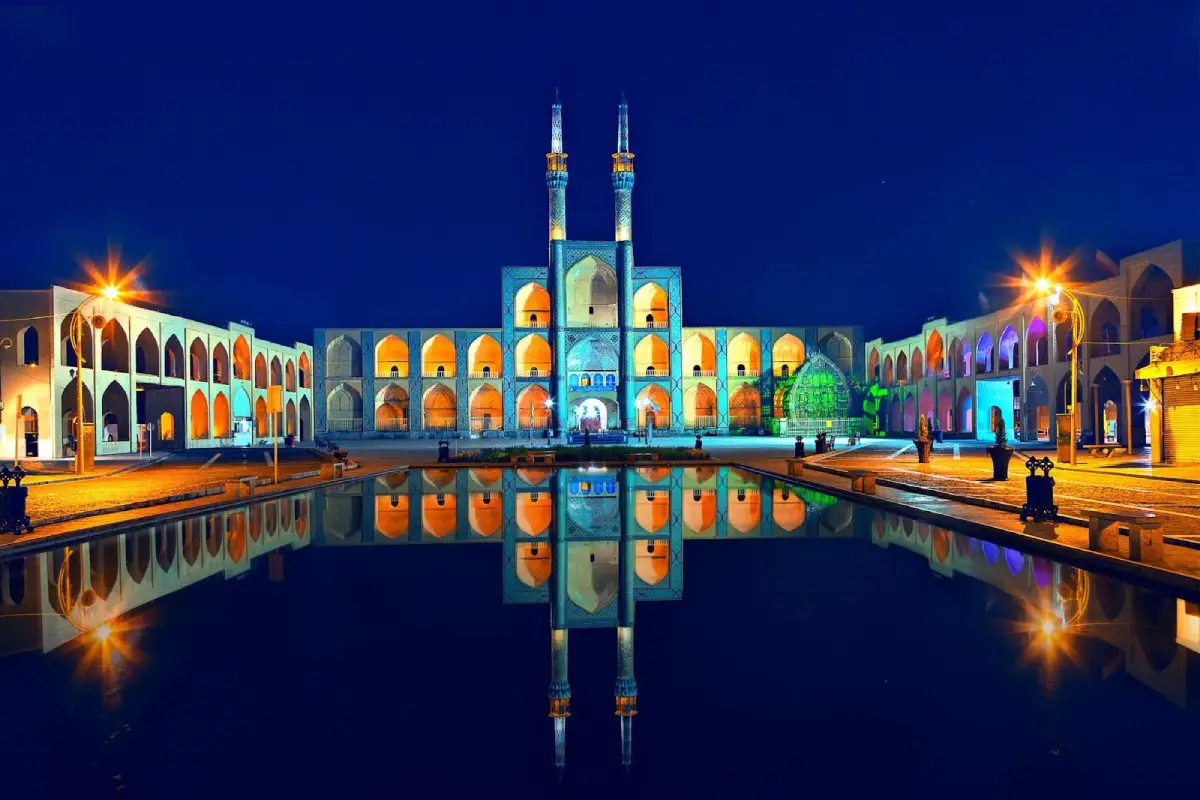
Kabir Jame Mosque of Yazd
Located in Yazd lies the majestic Kabir Jame Mosque, representing Persian architecture’s timeless beauty. Dating back to the 14th century, this congregational mosque stands as a beacon of spiritual and cultural significance. Its towering minarets, adorned with intricate tile work, welcome visitors into a world of architectural marvels.
When you step inside, you’ll discover a long arcaded courtyard leading to the sanctuary chamber, adorned with exquisite tile mosaic dating back to 1365. The mosque’s lighting system, reflecting light from the dome and walls, adds to its ethereal charm. The calligraphy and designs adorning every corner tell the story of Iran’s rich cultural heritage. Whether seeking solace in its tranquil halls or marveling at its architectural intricacies, the Kabir Jame Mosque offers a journey through time in the heart of Yazd.

Dowlatabad Garden
The Dowlatabad Garden is a historical oasis nestled in Yazd. This UNESCO World Heritage site, with its towering 33.8-meter windcatcher, shows Persian ingenuity and craftsmanship. You can wander through lush gardens and marvel at the various buildings scattered throughout, from the mirror hall to the summer and winter stables.
Its rich history dates back to 1747, and the stories of its former owners who once roamed its verdant grounds. Despite the passage of time, the garden continues to enchant visitors with its beauty and architectural splendor. Whether captivated by its landscape architecture or the richness of its design, a visit to the Dowlatabad Garden promises an unforgettable experience in Yazd.
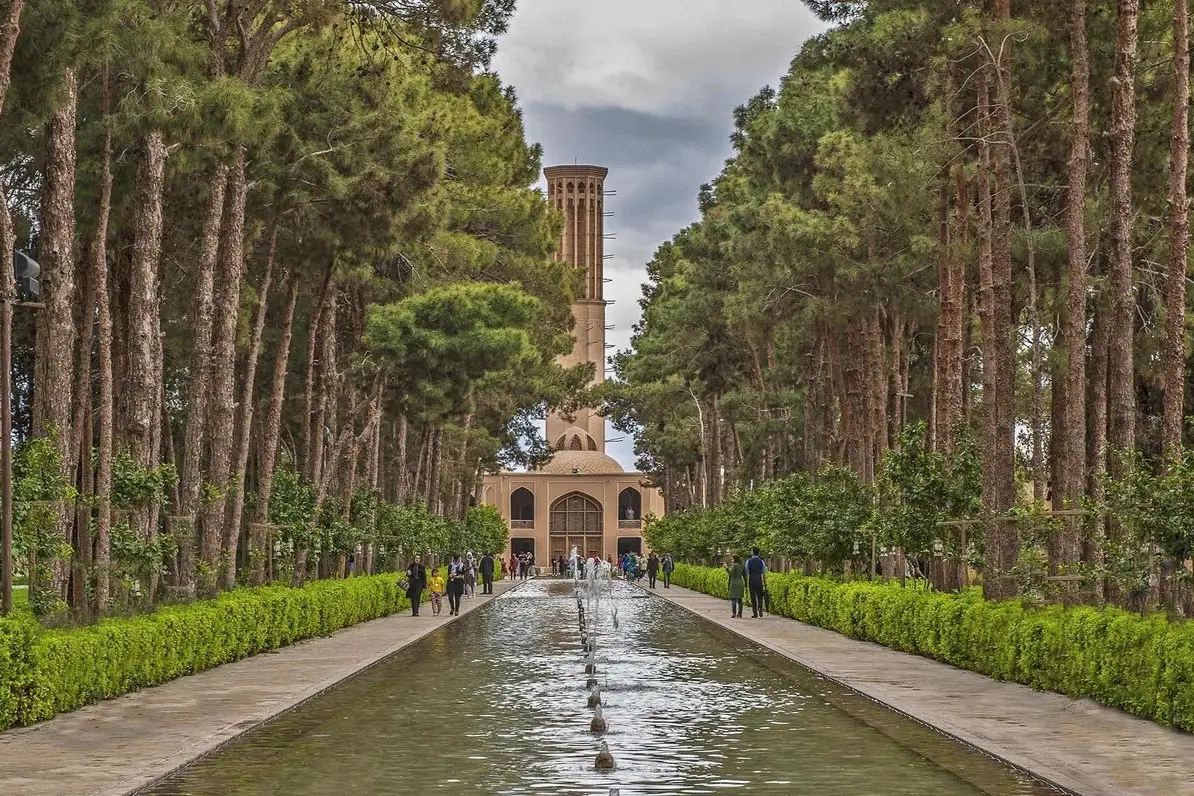
Haj Kazem Rasoulian House
The Haj Kazem Rasoulian House hosts architectural marvels. Dating back over a century, this iconic residence, located in the Sahl-ebne-Ali locality, offers a glimpse into Yazd’s storied past. Gifted to the University of Yazd in 1989, the house has been meticulously renovated and transformed into the first base of the Architectural and Civil Engineering College. Wander through its inner and outer courtyards, each steeped in tradition and adorned with colorful windows and intricate designs.
From hosting guests to holding solemn ceremonies, the house tells tales of generations past. Remember to visit the tomb of Dr. Pirnia, the father of Iran’s architecture, located within the Faculty of Architecture and Urban Planning, adding to the house’s historical significance. Whether intrigued by its architectural prowess or drawn to its cultural heritage, the Haj Kazem Rasoulian House offers a journey through time in the heart of Yazd.
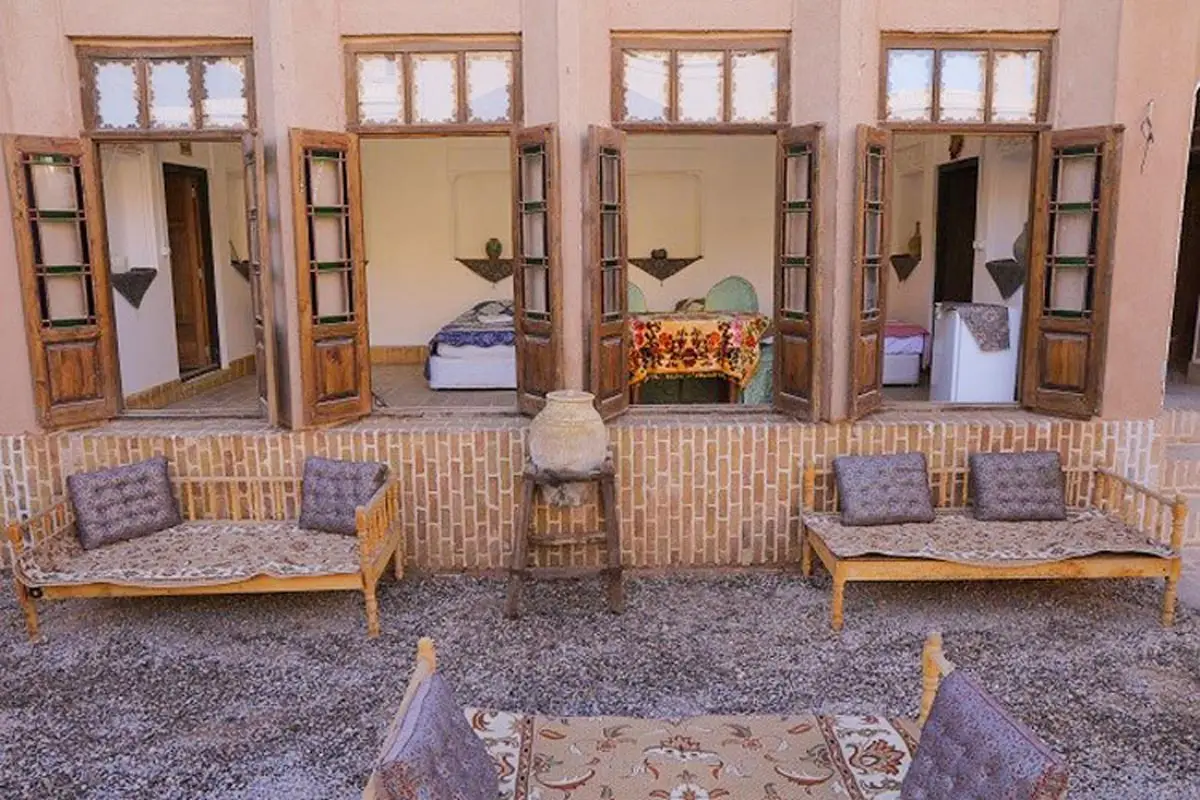
Zoroastrians History and Culture Museum
Located near Markar Square and the Varahram Fire Temple, the Zoroastrians History and Culture Museum, also known as the Markar Museum, is a captivating window into the rich Zoroastrian heritage. Stepping into this museum is akin to experiencing a journey through time, where visitors can immerse themselves in the vibrant traditions, ceremonies, and artistry of this ancient faith. Mannequins dressed in traditional Zoroastrian attire stand as silent witnesses to bygone eras, while photographs offer glimpses into moments frozen in time.
The museum’s architectural charm, with a history spanning over 80 years, adds to its allure, inviting visitors to explore its corridors and courtyards with a sense of wonder and curiosity. Within its walls, you can deepen your understanding of Zarathustra, the revered prophet of Zoroastrianism, and delve into the sacred teachings of the Holy Book of Gatha. Moreover, the museum offers insights into traditional celebrations, rituals, and the significance of iconic Zoroastrian landmarks like the Towers of Silence and the Fire Temple. Each exhibit breathes life into the ancient customs and beliefs of this enduring faith, inviting visitors to connect with a cultural legacy that has endured the test of time.

Yazd Bazaar
As the beating heart of Yazd’s historic core, the Yazd Bazaar showcases the city’s vibrant past and enduring cultural heritage. Spanning an intricate network of alleyways and courtyards, this bustling marketplace offers a sensory feast for visitors with its kaleidoscope of sights, sounds, and scents. Architecturally, the bazaar is a marvel to behold, with the Qeisariyeh section standing out for its spacious layout and ornate wooden doors, which bear witness to centuries of craftsmanship and artistic ingenuity.

From the Khan Bazaar to the Zargari and Panjeh Ali sections, each segment tells a story of Yazd’s commercial prowess and cultural exchange, offering a glimpse into the city’s economic and social fabric. As you meander through its labyrinthine corridors, you are transported back in time, encountering merchants peddling wares ranging from intricately woven textiles to shimmering gold and silver jewelry.
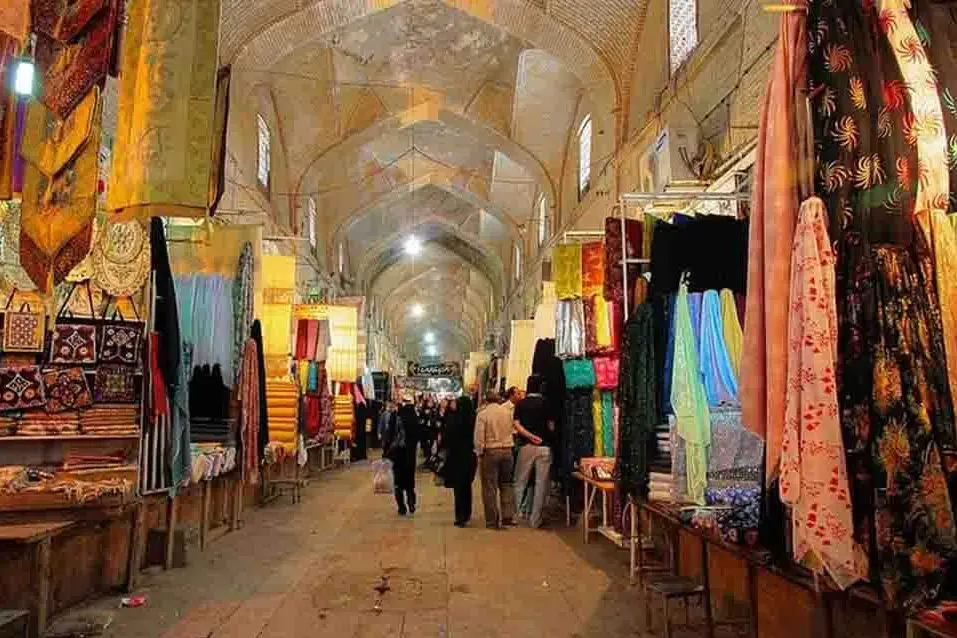
Imamzadeh Shahzadeh Fazel
located within the historic fabric of Yazd lies the Imamzadeh Shahzade Fazel complex, a sanctuary of spiritual reverence and architectural splendor. Dating back to the Timurid era, this sacred site beckons visitors with its ornate façade adorned with intricate mirror work and elegant paintings, a testament to the craftsmanship of generations past. Entering the mausoleum and shrine of Shahzade Fazel, you are enveloped in an atmosphere of tranquility and devotion as they pay homage to the revered figure interred within.
The complex, registered as a national Iranian monument, shows the enduring legacy of its builders, who crafted this architectural gem over eight centuries ago. From its stunning minarets adorned with calligraphy to its serene courtyard adorned with lush greenery, every corner of the Imamzadeh Shahzade Fazel complex tells a story of faith, resilience, and timeless beauty.
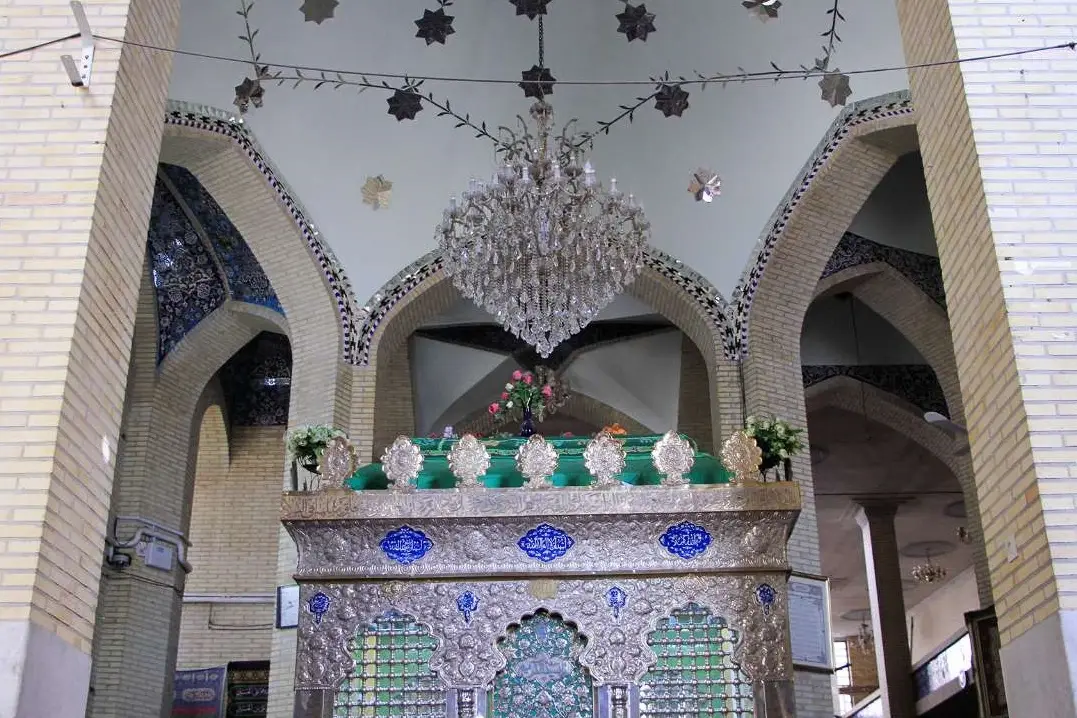
Yazd Water Museum (Kolahdouzha House)
Located on the northern side of Amir Chakhmaq Square, the Yazd Water Museum, housed within the restored Kohaldooz-ha mansion, offers a captivating glimpse into the ancient art of water preservation in the desert. Through a series of photographs, exhibits, and architectural drawings, visitors are invited to explore the hidden world of qanats, the underground water canals that have sustained life in this arid region for over two millennia.
The museum’s collection charts the evolution of Iran’s unique irrigation system, from the drilling of mother wells to the use of water distribution clocks, offering insight into the ingenuity and resourcefulness of generations past. From the sardab, where qanats collect in pools, to the intricately decorated chambers of the mansion above, every corner of the Yazd Water Museum tells a story of resilience, adaptation, and the timeless quest for survival in the desert.

Ice-Pits in Yazd
Amidst the ancient alleyways of Yazd lie the remnants of a bygone era, where ancient icehouses, known as yakhchals, stand as silent sentinels of a time when water was a precious commodity. These architectural marvels, consisting of domed structures surrounded by high walls, were designed to store ice harvested during the winter months for use during the scorching summers.
Visitors to Yazd can explore these remarkable structures, marveling at the ingenuity of their design and the simplicity of their function. From the ice pits where frozen water was stored to the surrounding pools where it was harvested, every element of these ancient icehouses tells a story of human ingenuity and adaptation in the face of adversity.

Lariha House
Tucked away amidst the labyrinthine streets of Yazd lies the Lariha House, representing the architectural splendor and cultural heritage of Iran’s desert city. Built over seven centuries ago by Hadji Mohammad Ebrahim Lari, this magnificent mansion offers a glimpse into the opulent lifestyle of Yazd’s elite during the Qajar era. From its intricately carved doorways to its ornately decorated rooms adorned with mirrors and paintings, every corner of the Lariha House exudes an air of elegance and sophistication.
Inside its sun-dappled courtyard, you are enveloped in a sense of tranquility, the sound of trickling water mingling with the gentle rustle of the wind. From the spacious halls where guests were entertained to the cool basements where relief from the desert heat was sought, every aspect of the Lariha House tells a story of luxury and refinement.

Windcatcher
In the heart of Yazd’s architectural landscape lies the iconic windcatcher, a traditional element deeply rooted in Persian heritage. Designed to harness the natural flow of wind, these structures serve as ingenious solutions for cross-ventilation and passive cooling in buildings. Despite their ancient origins, windcatchers continue to offer sustainable alternatives to modern HVAC systems, reducing both construction and maintenance costs.
Their silent operation and resilience during power outages make them invaluable assets in regions where the reliability of electrical grids is a concern. From the streets of Yazd to distant corners of North Africa and India, windcatchers are timeless symbols of human ingenuity and environmental harmony, adapting to local weather conditions and microclimates to provide comfort and functionality to generations past and present.

Yazd Tower of Silence
Perched 15 kilometers southeast of Yazd lies the enigmatic Tower of Silence, a solemn testament to the ancient Zoroastrian practice of sky burial. Steeped in tradition and spiritual reverence, this sacred site reflects the Zoroastrian belief in the sanctity of earth, fire, and water. Rather than burying or cremating their dead, Zoroastrians placed their departed in these towers, allowing vultures to consume their remains. Though the practice ceased in the late 20th century, the Tower of Silence remains a poignant reminder of centuries-old customs and beliefs.
Today, visitors can explore this historic site, ascending its stairways to witness the stone structures where bodies were laid, surrounded by the tranquil beauty of the desert landscape. While the tower no longer serves its original purpose, it remains a pilgrimage site for Zoroastrians and a window into the rich tapestry of Yazd’s cultural heritage.

Alexander’s Prison in Central Iran
Nestled within the labyrinthine streets of Yazd lies Alexander’s Prison, a legendary structure steeped in myth and mystery. Named after the famed conqueror Alexander the Great, this ancient complex has been the subject of countless tales passed down through generations. Despite its name, the building’s purpose remains shrouded in ambiguity, with theories ranging from a prison to an ancient dungeon.
Today, visitors can explore its domed halls and courtyard, marveling at its architectural splendor and rich history. Inside, the Ethnographic Museum offers a glimpse into Yazd’s cultural heritage, with displays of archaeological artifacts and demonstrations of traditional crafts. As you wander through its corridors, you’ll be transported back in time, tracing the footsteps of ancient poets and travelers who once roamed these storied streets.

Desert Attractions
Beyond the city limits of Yazd lies a vast expanse of desert terrain, beckoning adventurers with its stark beauty and timeless allure. From the rolling sand dunes to the ancient caravanserais that dot the landscape, the desert offers a glimpse into Iran’s rich history and natural wonders. Two main routes beckon travelers to explore this rugged terrain, each revealing hidden treasures and breathtaking vistas along the way.
Whether wandering amidst the tamarisk forests or marveling at the ancient olive trees that stand as silent sentinels of the past, the desert promises an unforgettable journey through time and space. With its rich tapestry of landscapes and cultural heritage, the desert region of Yazd invites you to embark on an adventure unlike any other, where every step reveals a new chapter in Iran’s storied history.

Visit Yazd’s Top Attractions with Visit Our Iran
Intrigued? Pack your bags and set off on a journey to Yazd, where ancient tales and modern wonders converge in a timeless embrace. From its winding alleyways to its towering windcatchers, this city of dreams promises an adventure like no other. So, pack your bags and start this enchanting journey to Yazd, where history comes to life and every corner is a story waiting to be told.
Our experienced support team can help you plan the perfect itinerary, ensuring you make the most of your time in this enchanting destination. Contact our support team today to start planning your Yazd tour and start an unforgettable experience.
